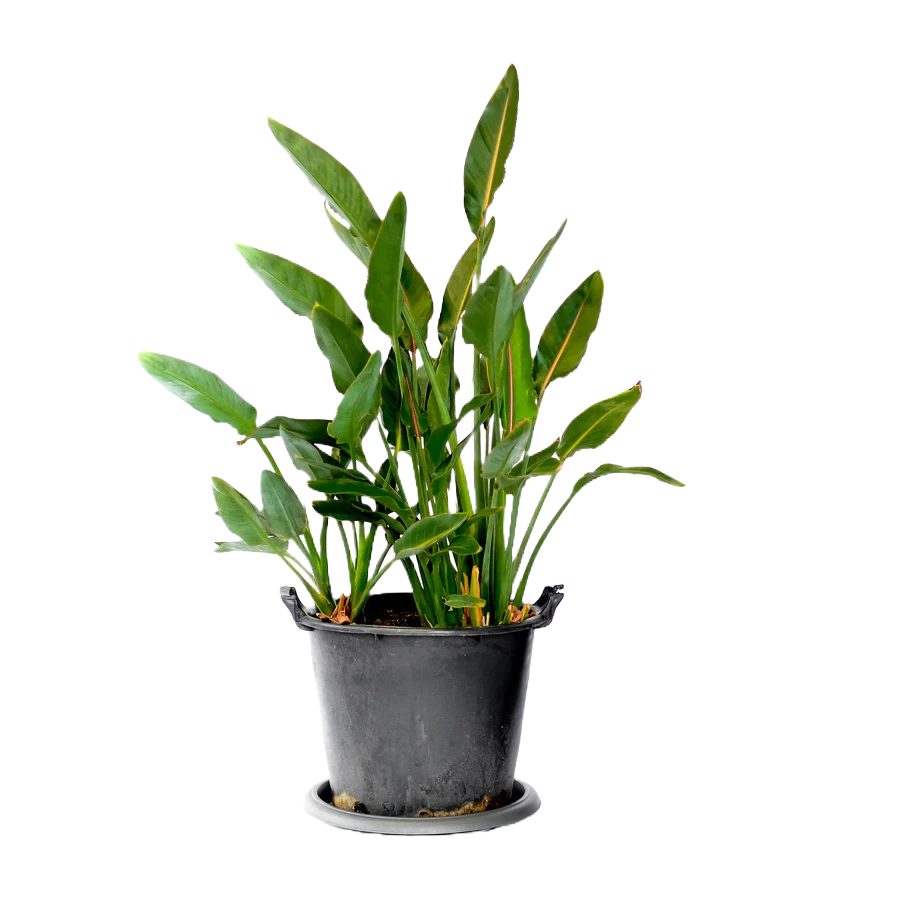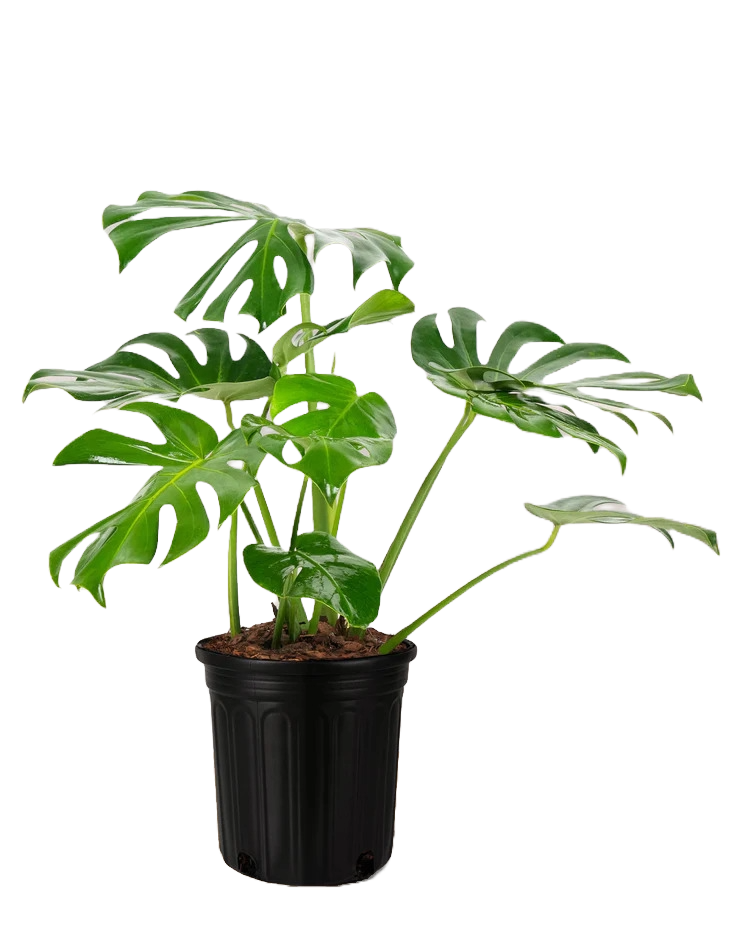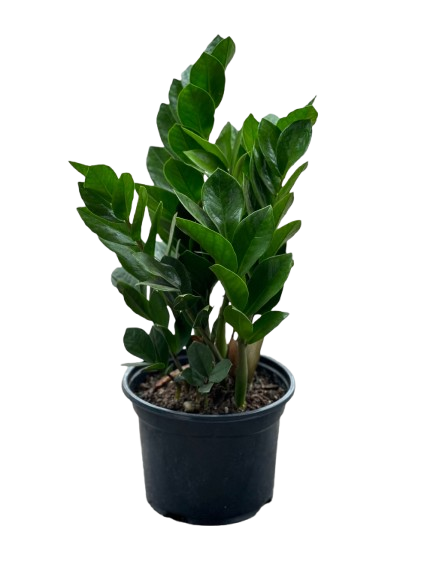The Bird of Paradise (Strelitzia reginae) is one of the most striking tropical plants, famous for its exotic, crane-like flowers that resemble a bird in flight. In Kenya, this plant has become a favorite for both indoor décor and outdoor landscaping due to its bold foliage and long-lasting blooms. It adds a unique tropical flair to gardens, hotels, and homes, making it a popular choice among plant lovers.
Why Grow This Plant?
- Produces exotic, bird-shaped flowers that stand out in any space.
- Low maintenance and hardy once established.
- Perfect for adding tropical elegance to indoor and outdoor areas.
- Long lifespan, rewarding with years of lush growth and blooms.
- Air-purifying qualities that enhance indoor air quality.
Cultural & Historical Significance
The Bird of Paradise originates from South Africa, where it is regarded as a symbol of freedom, beauty, and magnificence. Globally, it is often used in floral arrangements to symbolize paradise and joy. In many cultures, the plant is associated with success and celebration, making it a common gift for milestones. In Kenya, its exotic appeal makes it a centerpiece in luxury gardens and a statement plant in modern homes.
Ideal Growing Conditions in Kenya
- Sunlight: Prefers bright, indirect sunlight but can adapt to partial shade.
- Temperature: Thrives in warm climates between 18°C–28°C.
- Soil: Well-draining, fertile soil enriched with organic matter.
- Watering: Keep soil evenly moist but not soggy; reduce watering in cooler months.
- Best Regions: Grows well in Nairobi, Kiambu, Naivasha, and coastal areas with warm climates.
How to Plant It
- Select a sunny or semi-shaded location with well-drained soil.
- Dig a hole twice as wide as the nursery bag or pot.
- Carefully remove the plant from its bag, keeping the root ball intact.
- Place it in the hole and fill with soil mixed with compost.
- Water thoroughly and mulch to retain moisture.
Care Tips
- Water regularly but allow the topsoil to dry slightly between waterings.
- Fertilize every 4–6 weeks with a balanced fertilizer during the growing season.
- Remove old or damaged leaves to encourage healthy growth.
- Repot every 2–3 years if grown in containers.
- Wipe leaves occasionally to remove dust and keep them glossy.
Pests & Diseases
- Aphids and scale insects: Cause yellowing leaves; treat with neem oil or insecticidal soap.
- Root rot: Caused by overwatering; ensure soil drains well.
- Leaf spot: Brown patches due to fungal infection; prune affected leaves and reduce humidity.
Pet Safety
The Bird of Paradise is mildly toxic to cats and dogs if ingested. It may cause nausea, vomiting, or lethargy, so keep it out of reach of pets.
Growing in Containers
This plant adapts well to containers, making it perfect for verandas, patios, and balconies in Kenya. Use a large pot with good drainage holes, and repot every few years as the plant grows bigger. Container-grown plants may flower less frequently but still offer lush tropical foliage.
Where to Buy This Plant in Kenya
You can buy healthy Bird of Paradise plants in Kenya at Plantify.co.ke, trusted sources for premium plants and stylish pots.
Final Thoughts
The Bird of Paradise is more than just a plant—it’s a statement of beauty, elegance, and tropical charm. With its low maintenance needs and stunning flowers, it is an excellent choice for anyone looking to transform their home or garden in Kenya. Whether indoors or outdoors, this plant brings a piece of paradise right to your space.
Plantify.co.ke is your trusted source for plants, pots, and all things green in Kenya. From starter herbs to exotic indoor plants, we help you grow beautiful spaces—naturally
Recent Posts
- Asiatic Lily Bulbs in Kenya: Vibrant Color, Easy Growth & Garden Beauty
- Dendrobium Orchids: Elegant Blooms, Easy Care & Indoor Beauty
- Vanda Orchids: Vibrant Colors, Air-Grown Beauty & Elegant Displays
- Vriesea Bromeliads in Kenya: Elegant, Colorful & Easy to Grow
- Manuka : Beauty, Healing & Natural Resilience







